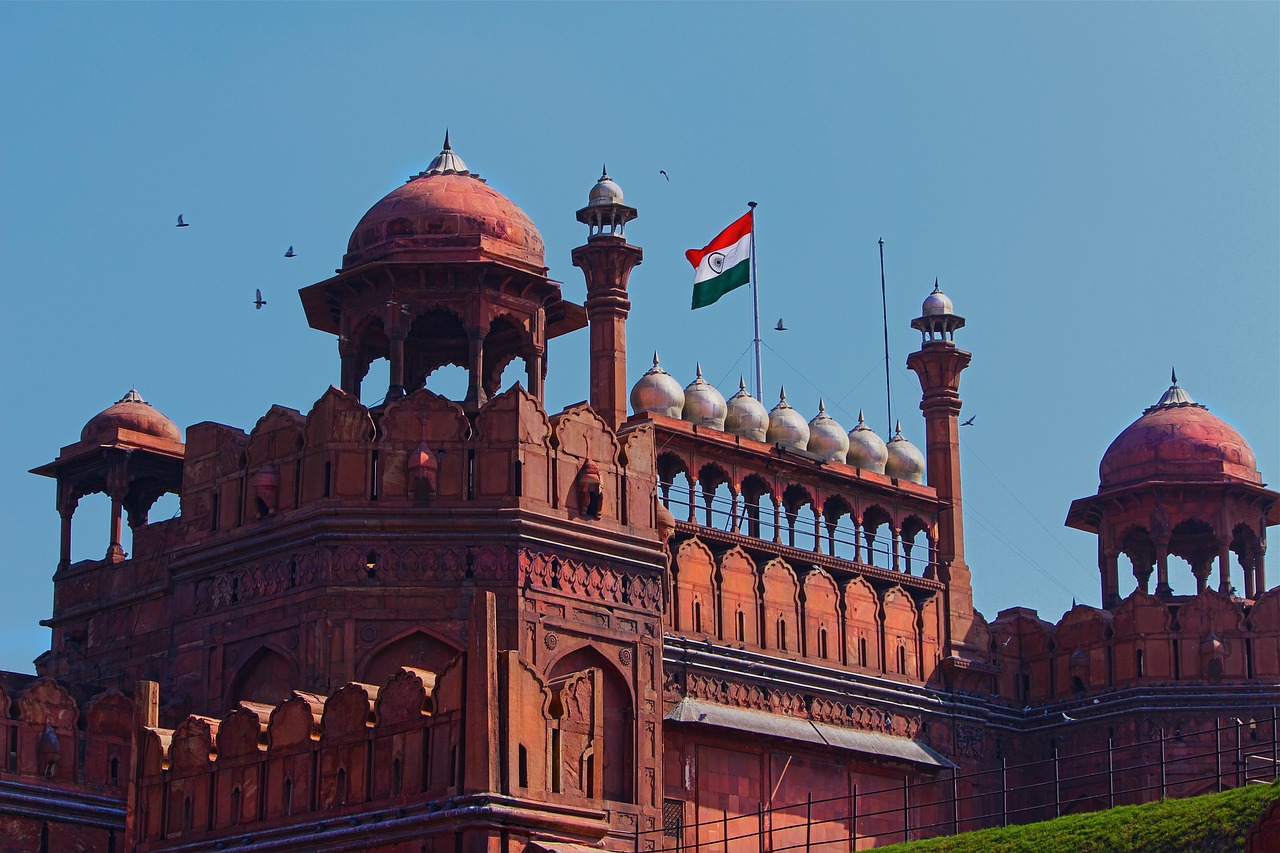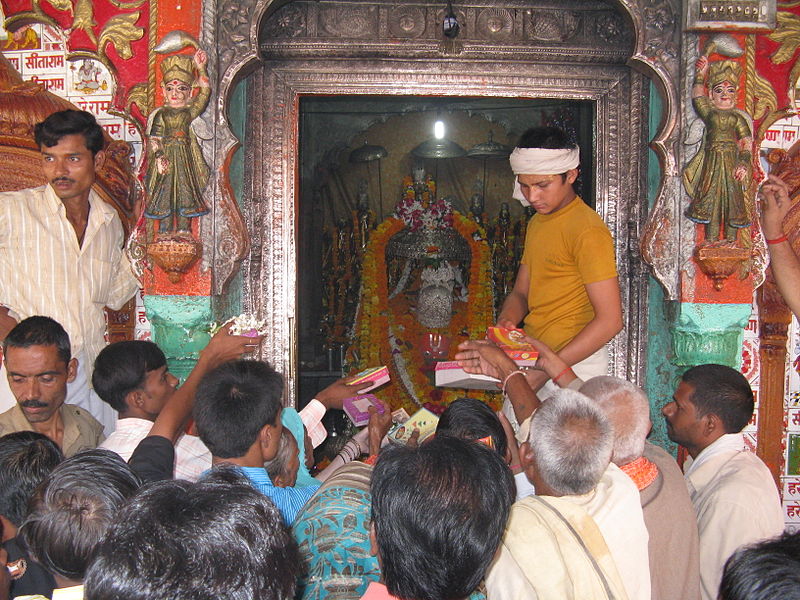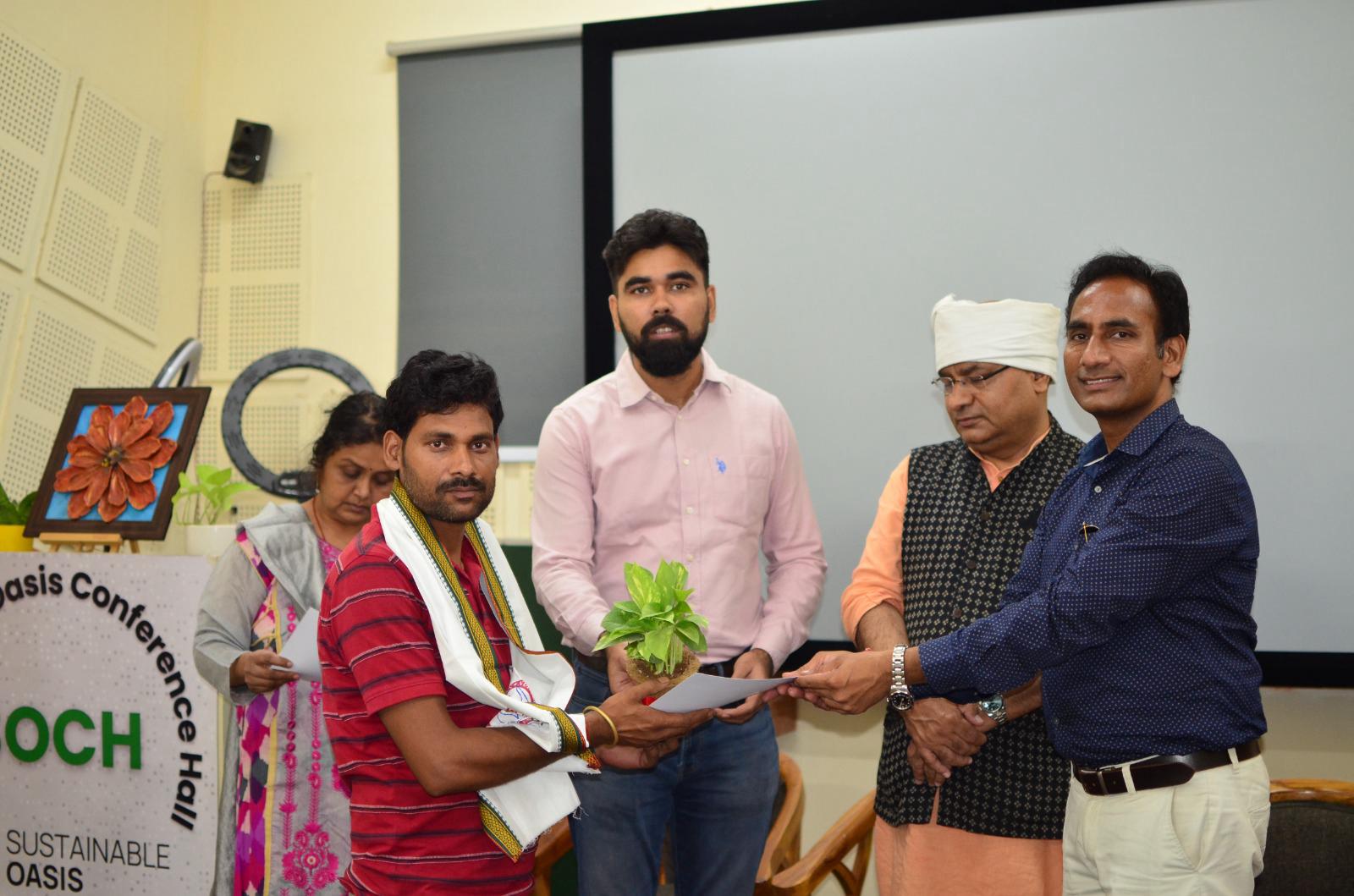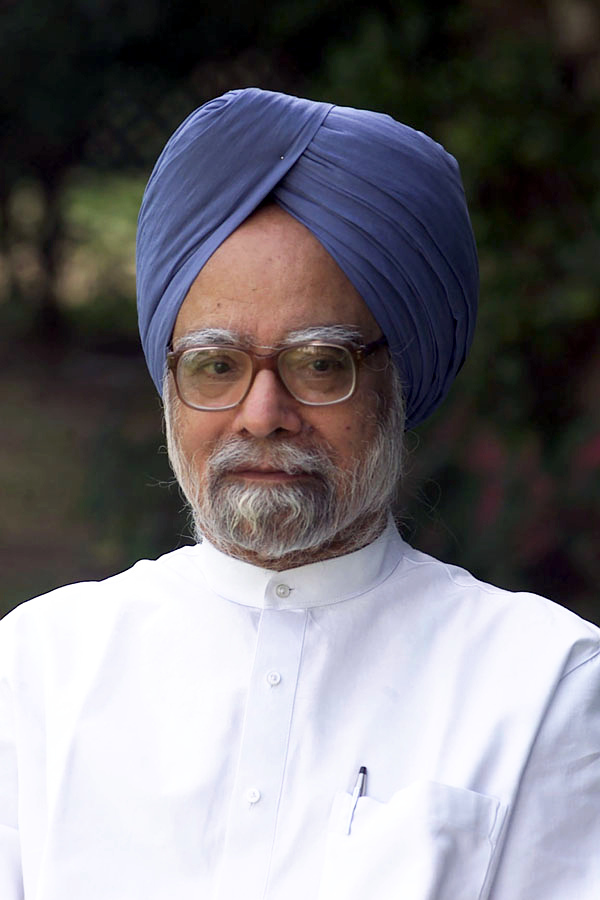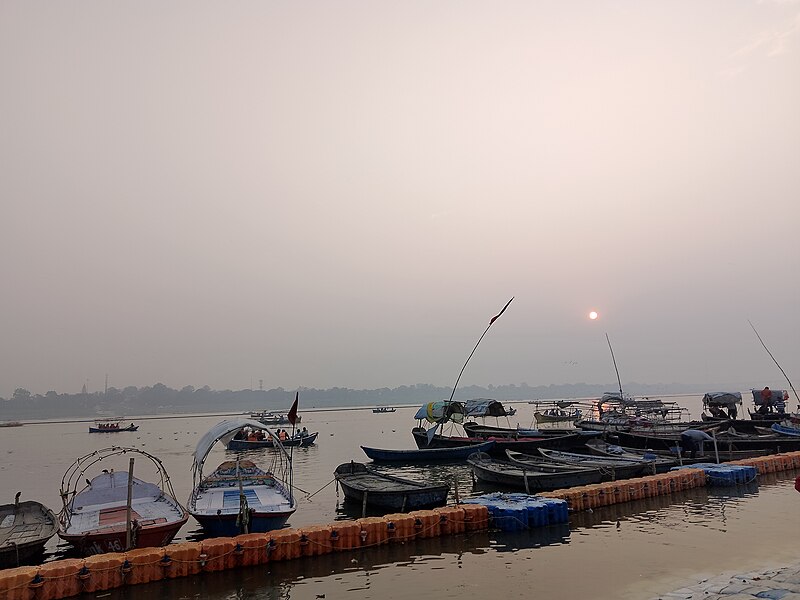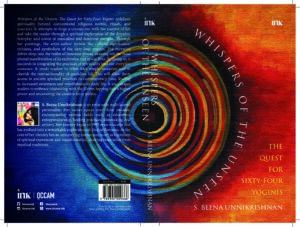Maha Kumbh: Political motives pollute rivers
Central and UP governments seem more focused on leveraging the religious event for political gains
Ramdev Bakshi | February 18, 2025 11:37 pm
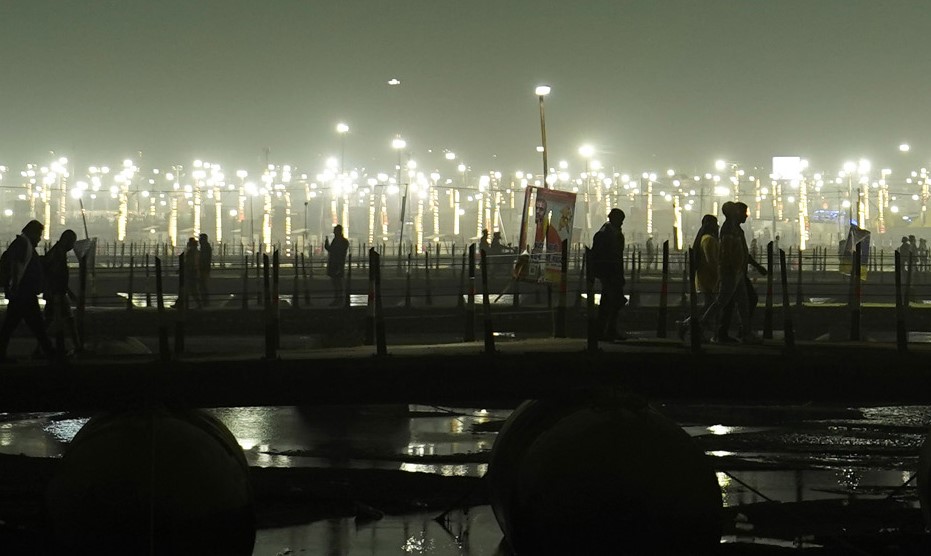
PHOTO DIVISION (PIB)
The National Green Tribunal (NGT) has rightly raised concerns over the alarmingly high levels of faecal coliform bacteria in the Ganga and Yamuna rivers at Prayagraj, especially as millions of pilgrims take a dip at the Sangam during the Maha Kumbh. The issue gained traction after a report by the Central Pollution Control Board (CPCB), filed on February 3, highlighted dangerously high faecal bacteria levels at multiple locations near the confluence of the two rivers, particularly on Shahi Snan days.
However, the CPCB report was not surprising. Our rivers are already highly contaminated with sewage waste, industrial effluents, and urban runoff. The influx of millions of devotees during the Maha Kumbh was expected to exacerbate this crisis, further deteriorating water quality.
A 2004 committee formed by the Ministry of Urban Development recommended that the desirable limit of faecal coliform bacteria should be capped at 500 MPN/100ml, with an absolute maximum permissible limit of 2,500 MPN/100ml for discharge into rivers. However, the last recorded data from February 4 paints a grim picture. The CPCB reported faecal coliform levels in the Ganga at 11,000 MPN/100ml before Shastri Bridge and 7,900 MPN/100ml at Sangam—far exceeding permissible limits.
Despite the staggering levels of pollution, the authorities concerned have failed to take adequate measures to ensure safe bathing conditions for the pilgrims. Instead of prioritizing the safety and wellbeing of attendees, both the Central and Uttar Pradesh governments seem more focused on leveraging the religious event for political gains. The lack of proper waste management and sewage treatment infrastructure further aggravates the situation, putting millions at risk of waterborne diseases.
The repercussions of this negligence are severe. Contaminated water can lead to gastrointestinal infections, skin diseases, and other health hazards for pilgrims who consider the holy dip an essential part of their spiritual journey. Furthermore, untreated sewage and industrial effluents threaten aquatic biodiversity, depleting oxygen levels in the rivers and endangering marine life.
The Maha Kumbh also exacerbates other civic challenges in Prayagraj. The massive influx of people results in choked traffic, stampedes, and a strain on essential services such as water supply and sanitation. Authorities must address these challenges proactively to prevent chaos and ensure a safe environment for both pilgrims and residents.
Urgent steps must be taken to mitigate pollution in the Ganga and Yamuna. This includes:
Strengthening sewage treatment facilities and ensuring untreated waste is not discharged into rivers.
Implementing strict industrial regulations to curb effluent discharge.
Deploying real-time water quality monitoring systems to track and address pollution hotspots.
Raising awareness among pilgrims and citizens about maintaining hygiene and minimizing river pollution.
Holding the authorities accountable for lapses in water quality management.
The sacred rivers of India must be preserved, not just for religious purposes but as vital sources of life and ecology. Mere rhetoric about river conservation will not suffice—concrete action is needed to restore and maintain the purity of the Ganga and Yamuna, ensuring they remain a source of sustenance and spirituality for generations to come.

